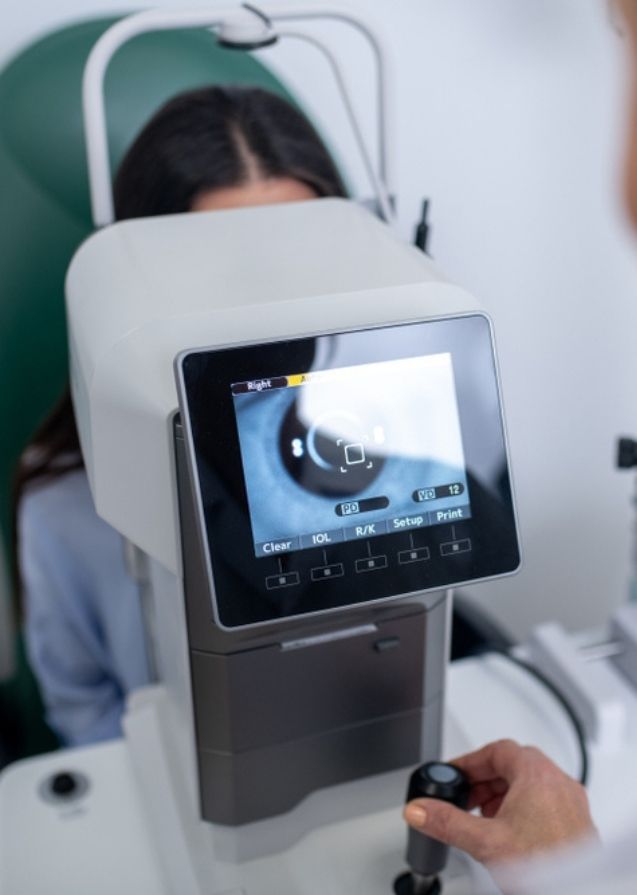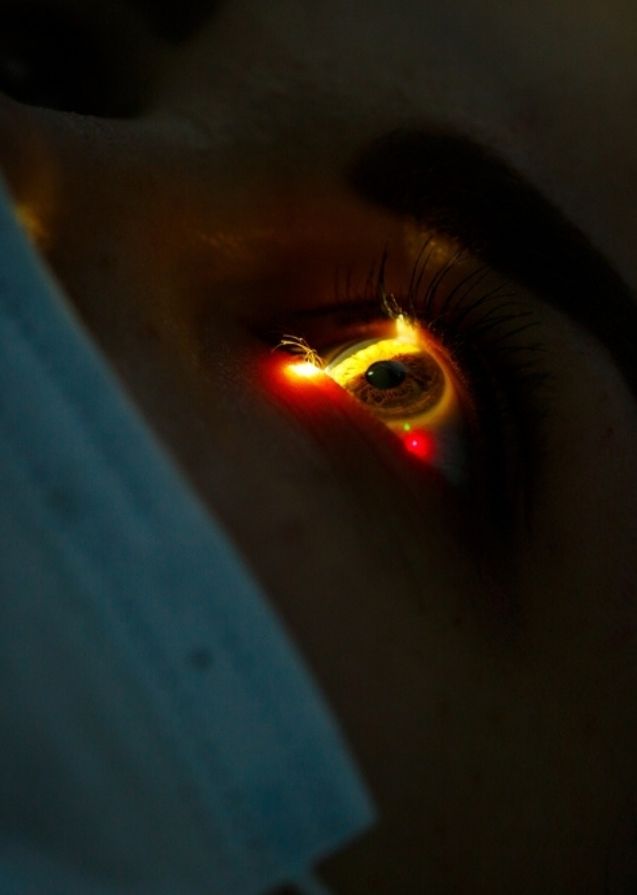
Uveitis/Iritis
What Is Uveitis
Uveitis is an inflammatory disease of the uvea that is generally persistent. The uvea, also known as the middle layer of the eye, consists of the iris, ciliary body, and choroid and sits between the retina and sclera (white of the eye). This condition is most common in patients between the ages of 20 and 50 years old, and may be caused by a viral, fungal or bacterial infection. In many cases of uveitis, the cause is undetermined.
There are three different types of uveitis, classified by the area of the uvea it affects:
Anterior uveitis – inflammation of just the iris or the iris and ciliary body
Intermediate uveitis – inflammation of the ciliary body
Posterior uveitis – inflammation of the choroid
Patients with anterior uveitis are frequently only afflicted in one eye and may experience mild to severe discomfort, redness, light sensitivity, and vision impairment. Intermediate and posterior uveitis are typically painless and result in blurred vision and floaters in both eyes.


What Is Iritis?
Iritis is referred to the swelling and inflammation in the colored ring around your eye’s pupil (iris). It is also known as anterior uveitis.
The uvea is the middle layer of the eye, located between the retina and the white part of the eye. The iris is positioned in front (anterior) of the uvea.
Iritis is the most common type of uveitis. Uveitis is inflammation of part of or all of the uvea. Although a definitive cause is unknown, It can result from an underlying condition or genetic factor.
If untreated, iritis could lead to glaucoma or vision loss.


Why Us?

Latest Technology
Industry-leading vision correction treatments and procedures

Patient-centered Care
Advanced and personalized eye care for you and your family

Board-certified Surgeons
Leading ophthalmologists with extensive experience
